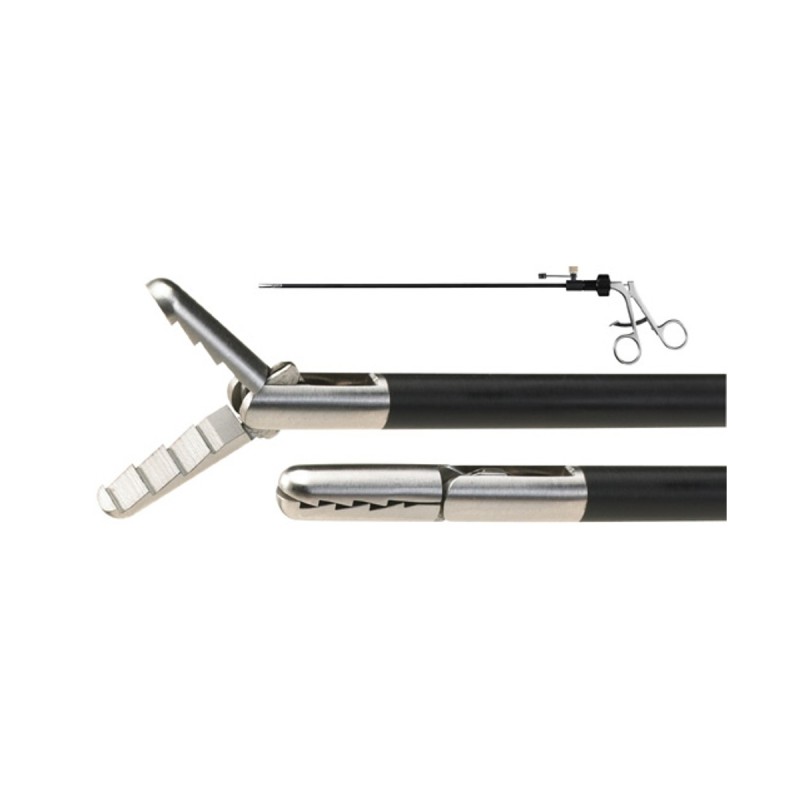



Retrograde Grasping Forceps are surgical instruments that are used to grasp and remove foreign objects or tissue fragments from the body.
Retrograde Grasping Forceps are surgical instruments that are used to grasp and remove foreign objects or tissue fragments from the body. They are typically used in minimally invasive procedures and are designed to be inserted through a small incision or natural orifice.
Retrograde Grasping Forceps have a long, narrow shaft with a grasping mechanism at the end. The grasping mechanism is usually a pair of jaws that can be opened and closed using a handle or a mechanism on the shaft. The jaws are often serrated to provide a better grip on the object being grasped.
These forceps are designed to work in a retrograde manner, which means they are used to grasp objects that are located opposite to the direction of insertion of the instrument. For example, they may be used to grasp and remove a stone from the bile duct by inserting the forceps through the duodenum and into the bile duct.
Retrograde Grasping Forceps are commonly used in procedures such as endoscopy, laparoscopy, and hysteroscopy. They can be used to remove foreign objects, tissue fragments, or even small tumors from various parts of the body.
One of the main advantages of Retrograde Grasping Forceps is their ability to perform procedures without the need for a larger incision or more invasive surgical approach. This reduces the risk of complications, shortens recovery time, and allows patients to return to their normal activities more quickly.
Overall, Retrograde Grasping Forceps are important tools in any surgical instrument set, and their precision and versatility make them valuable additions to any medical practice.